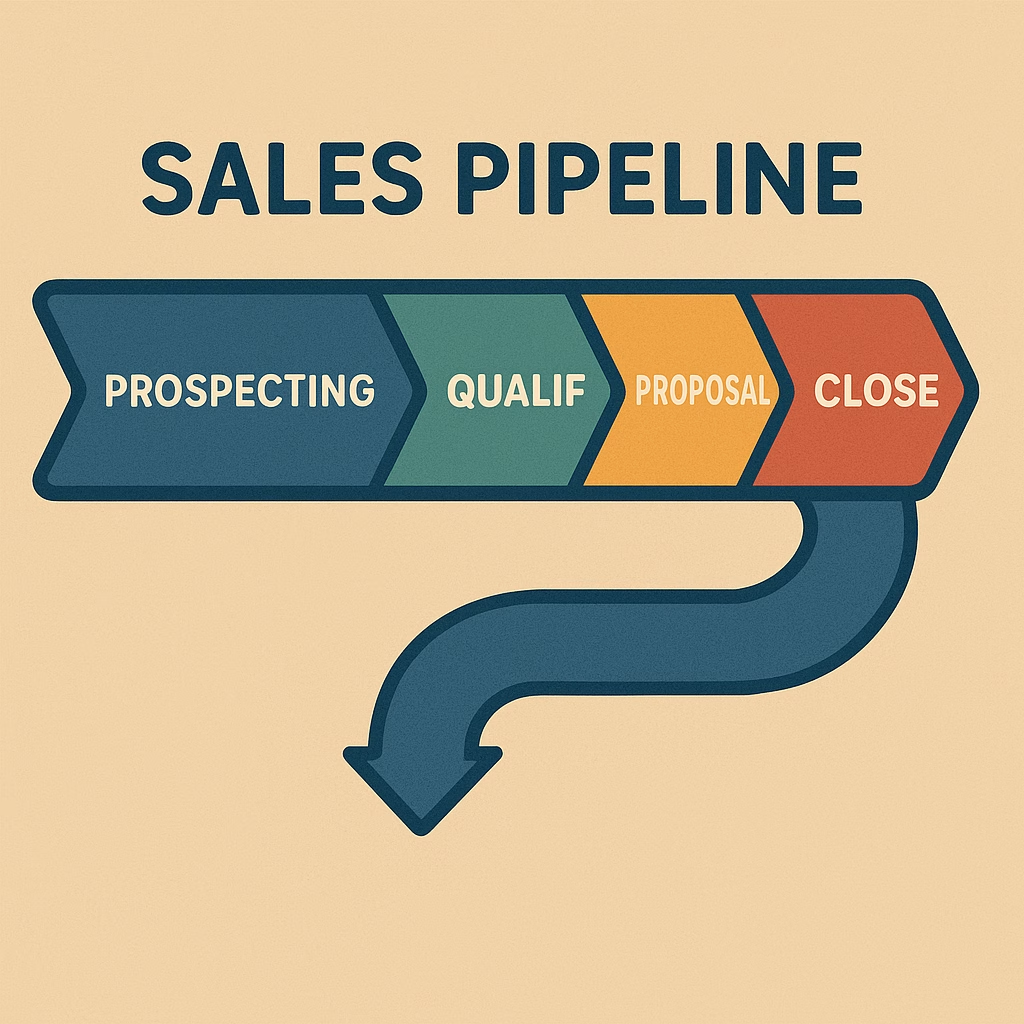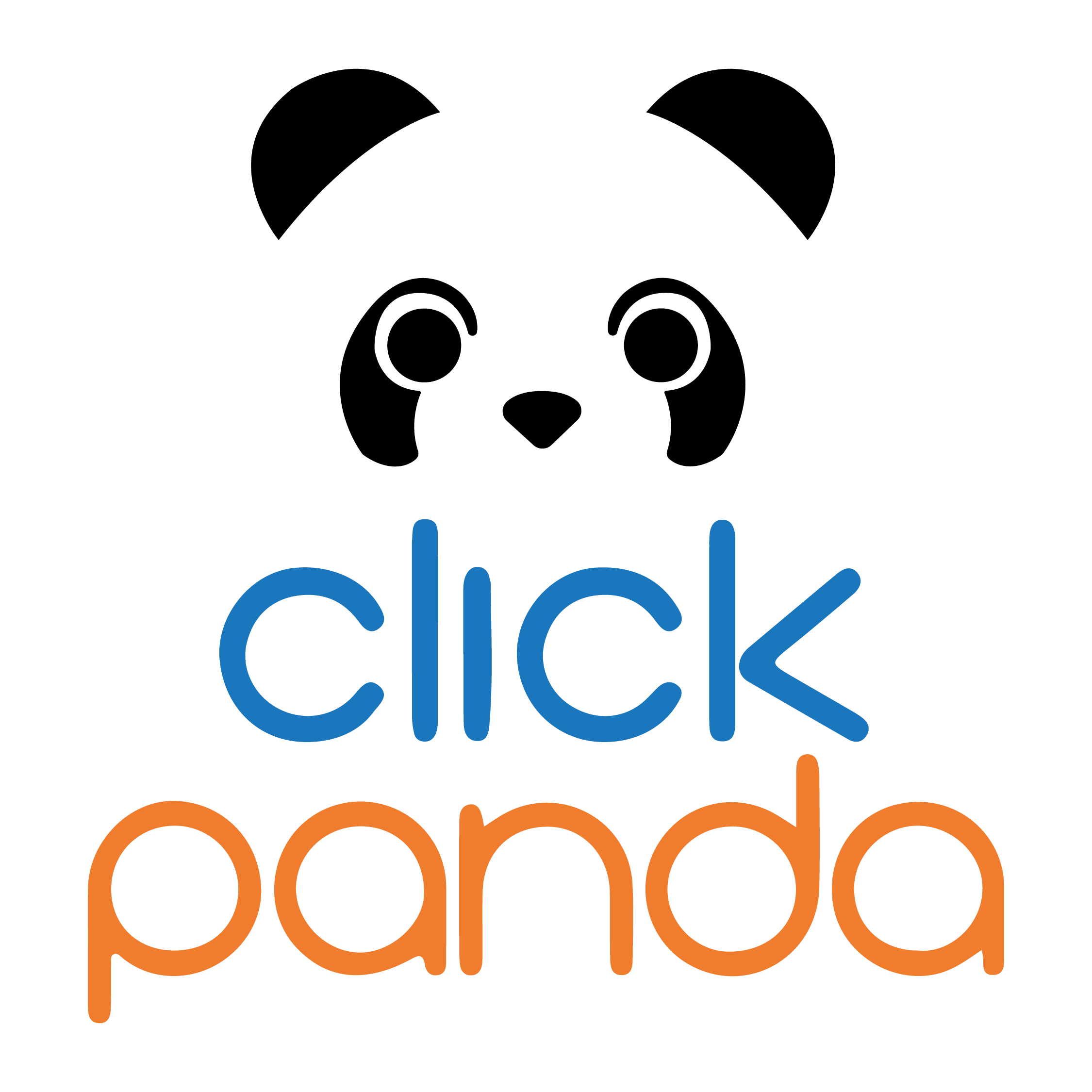
Introduction
Optimizing your sales flows is one of the most effective ways to improve your conversions and ultimately increase your revenue. A well-structured sales flow allows you to efficiently manage every stage of the process, from the first contact with a lead to closing the sale. While every business is unique, there are key principles you can apply to make your sales flow more effective.
In this article, we will explain how to optimize your sales flow and how this process can make the difference between closing a sale or losing an opportunity. From task automation to proper lead segmentation, we will give you practical tips on how to structure your sales flow and maximize your results. Plus, we'll see how ClickPanda can help you improve the efficiency of your sales pipeline and increase your conversions.
Table of Contents
What is a sales flow and why is it important?
A sales flow is the process a prospect follows from the time he/she becomes a lead until the sale is closed. A well-designed sales flow takes into account all the stages a lead goes through, from product awareness to final purchase.
Importance: Having an optimized sales flow allows you to identify bottlenecks, improve the customer experience and increase the likelihood of conversion. Each stage must be efficient, directed to the next step in the process, and aligned with the customer's needs.
Stages of a sales flow and how to optimize them:
Lead generation: Optimization: To increase the quality and quantity of your leads, focus on the most effective lead generation sources. Whether through paid advertising, SEO, email marketing or content marketing, be sure to attract qualified leads. Tip: Use simple but effective lead capture forms on your website and social media, making sure the lead is interested enough to share their contact information.
Lead qualification: Optimization: Not all leads have the same value. Use tools such as BANT (Budget, Authority, Need, Time) or CHAMP (Challenges, Authority, Money, Prioritization) scoring to identify which ones are closer to buying. Tip: Use a CRM to automate and segment your leads based on their level of interest and conversion potential.
Presentation and follow-up: Optimization: At this stage, it is crucial to customize the presentation of your product or service to the customer's specific needs. Use the information you have gathered about the lead to tailor the proposal. Tip: If a potential customer showed interest in a specific product, focus on how that product will solve their problems. Also, be sure to follow up effectively and promptly with emails, phone calls or virtual meetings.
Negotiation: Optimization: Negotiation is where many opportunities can be missed. Make sure you offer clear terms and specific benefits, without compromising profitability. Tip: Don't hesitate to offer strategic incentives or discounts to make the prospect's mind up quickly.
Sales closing: Optimization: Closing should be simple. Make sure the purchase or contract signing process is easy to understand and uncomplicated. Highlight the final benefits and unique advantages of your offer. Tip: Use a clear and urgent call to action, such as a limited-time offer or a limited-time discount to motivate the customer to take immediate action.
How ClickPanda can help you optimize your sales pipeline:
Marketing automation: ClickPanda allows you to automate your sales pipeline through email marketing tools and automated follow-up, ensuring that you don't miss any opportunity.
Integrated CRM: ClickPanda offers an easy-to-use mass mailing tool that will help you manage, segment and qualify your leads, facilitating decision making and improving the efficiency of your sales team.
Optimization of forms and landing pages: ClickPanda offers optimized forms and landing pages that facilitate lead conversion and ensure that your sales flow is well designed.
Common mistakes when building a sales flow and how to avoid them:
Not properly segmenting leads: If you don't qualify or segment your leads correctly, you will end up wasting efforts on leads that are not ready to buy. Make sure you create clear segments and work with them in a personalized way.
Lack of constant follow-up: Follow-up is key in any sales pipeline. If you don't follow up closely with your leads, they are likely to go cold or become lost opportunities.
Complicated closing process: If the closing process is too long or complicated, prospects will lose interest. Make sure the closing is simple, clear and easy to complete.
Case Study: Sales Optimization in the Retail Sector
A retail chain was facing significant challenges in its sales process. Despite having a wide range of products and a loyal customer base, the company noticed that its conversion rates were lower than expected and that many potential customers were abandoning the purchase process before completing the purchase.
Challenges Identified:
Lack of professionalism in communication: They used generic e-mails to communicate with customers, which generated distrust and a perception of lack of seriousness.
Disorganization in lead management: They did not have a centralized tool to track and nurture leads, resulting in missed opportunities.
Manual and slow processes: Many tasks, such as customer follow-up and sending promotional mailings, were performed manually, consuming time and resources.
Solutions Implemented:
Implementation of Corporate Mailings: They adopted e-mails with their own domain, which improved their professional image and customer confidence.
CRM integration: They used a CRM to centralize customer information, segment customers according to their behavior and automate lead tracking.
Marketing Automation: They set up automated email marketing campaigns to nurture leads and keep prospects interested.
Results obtained:
40% increase in customer response rate: Thanks to the professionalization of e-mails and more effective communication.
30% reduction in conversion time: Automation and efficient follow-up made it possible to close sales more quickly.
20% increase in sales during the first three months: The combination of optimized tools and strategies significantly boosted revenues.
This case demonstrates how implementing the right solutions can significantly transform a company's performance. If you are interested in optimizing your sales flow and achieving similar results, consider adopting tools and strategies that allow you to automate processes, improve communication with your customers and efficiently manage your leads.
Ready to optimize your sales flows and increase your conversions? ClickPanda offers you the tools you need to manage each stage of your sales flow effectively.








